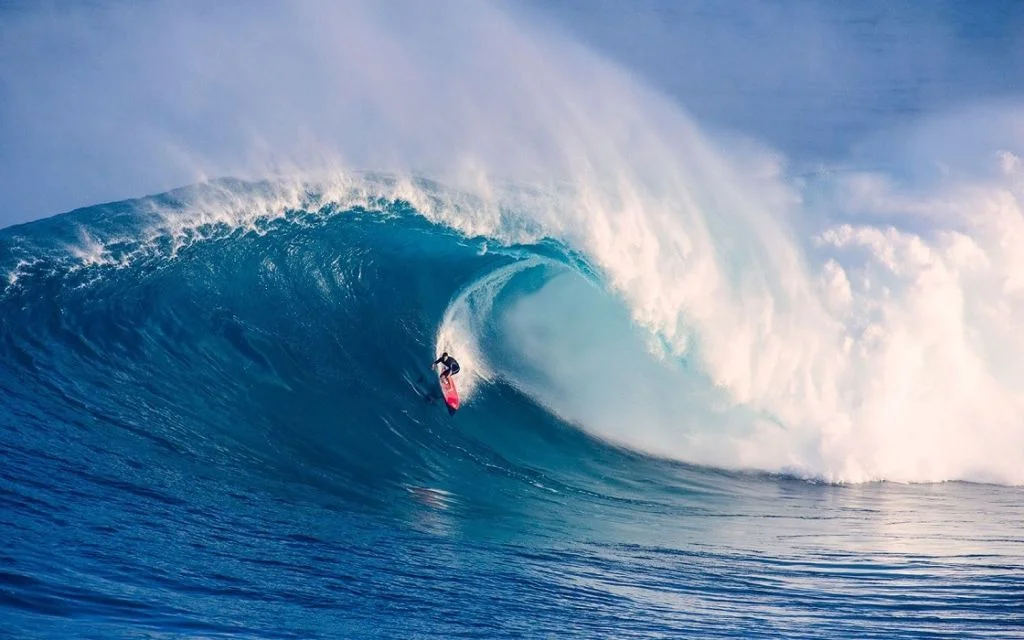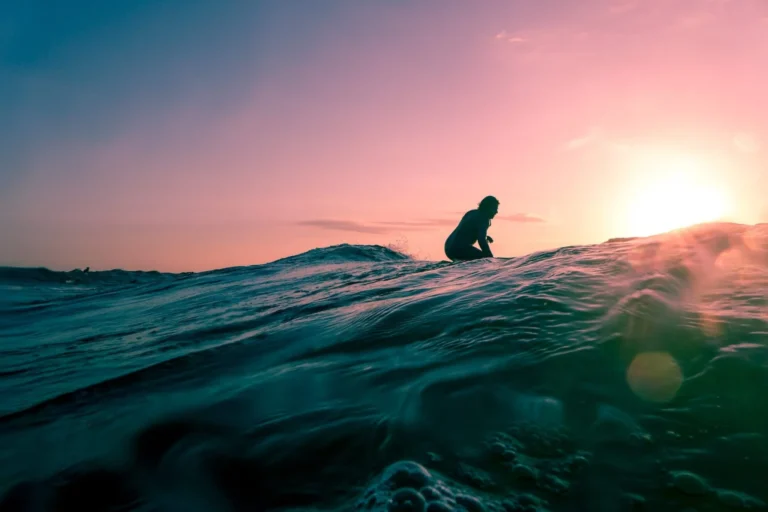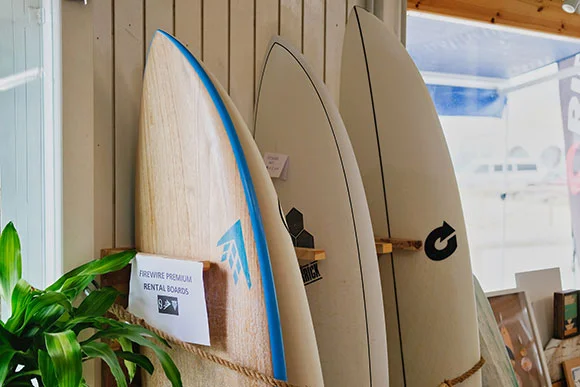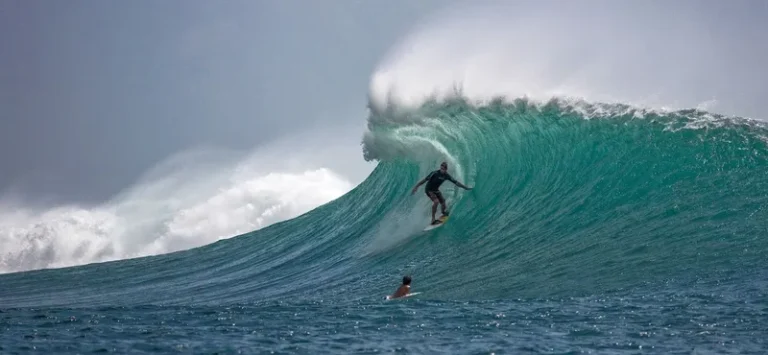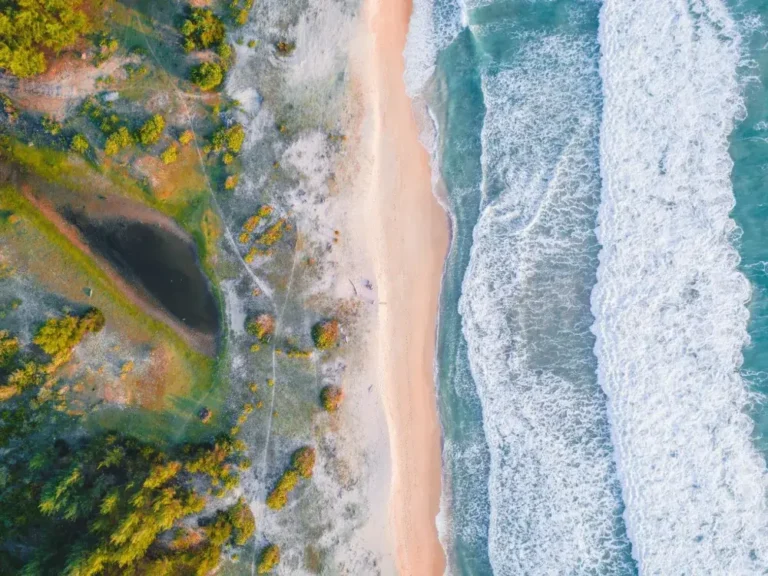Wave Types in Surfing – Learn to Differentiate the Waves
Waves represent one of the most important elements in the practice of surfing and although you may share the belief that to be successful you only need to master the surfboard, we advise you to start looking for a little more information about waves to learn how to get the most out of them, for example, the type of waves in surfing.
Learn to differentiate the waves,because not all are suitable for practicing and learning to surf, also if you recognize the waves according to the place where they break and how they break you will be able to learn faster to dominate them.
What is a Wave? Definitions in Surfing
The series of undulations that form on the surface of the sea and become higher and higher are what is known as Waves, in more scientific terms they are described as sources of energy formed by the force of the wind in an area of the ocean and which is technically called fect.
Waves can travel thousands of kilometers while increasing in size. The largest ones are formed offshore and the smallest ones are generated closer to the coast, although there may be some exceptions.
How does a wave form?
Waves that you surf are formed when the wind brushes the surface of the water exerting a ripple effect, also when there are variations in temperature and atmospheric pressure considerable air movements are generated that can give rise to large waves.
But that’s just the beginning because once the waves have formed, they can travel hundreds and even thousands of miles before they hit land or shallow water, that’s when they “break” and that’s what you need to surf.
Types of Waves in Surf/Surfing
Beach breaks
The Wave Beach Breaks can be distinguished because it is formed when the wave moves from deep water to a beach that usually has a sandy bottom. The quality of these waves can vary but if you want to place it in a particular measure you can consider it of medium quality.
It will be one of the best if you are just starting to surf because they “break” with less force and it will be something more “friendly” if you try to dominate it. But don’t get too confident because there are some beach breaks like the Nazare in Portugal that can be very big and strong.
Reef Breaks
You will recognize this type of waves because they “break” over a coral reef or the sea bed is rocky, so it can be dangerous if you have not yet mastered the art of surfing, because it requires you to make a very fast and full takeoff.
Reef Breaks have been rated as the biggest waves in the world, but the risk of severe injury is the most important thing to remember if you are going to surf in places where these types of waves are common.
You may have also heard about Pipeline, Teahupoo and Cloudbreak waves, these are three of the most famous but also the most dangerous waves you can find and they break on rock. In the region of Galicia (Spain), you can find the Machacona and the Teirón.
Point Breaks
This type of wave is distinguished because it opens on a rocky point traveling in one direction, can appear on a stretch of land, breaking on sand or rock.
They are the longest and easiest waves to surf, perfect if you want to practice turns and ride the line, but will be perfect if you are at an intermediate level of surfer because you must master the lower turn and ride a wave face that goes sideways.
River mouths
If you choose to surf in a river, you will not find these waves very often. Although they are similar to point breaks, they occur where rivers deposit sediment. These types of waves break in a clear and predictable way.
How Waves Break in Surfing
Another way you can classify the waves in surfing is according to how they break, that is, the direction they take.
For example, a left hand wave if you are surfing seems to break from right to left but if you see it from the beach it gives you the impression of breaking to the right. The inverse of this is the right-handed wave, while the so-called “peak” wave can break simultaneously to both sides, and therefore it is possible that you can surf it at the same time with another person as they take different directions. If you want to know more, we have trained surf professionals in our surf camp in Famara Lanzarote where they will teach you in luxury and detail.
Wave Heights in Surfing
In relation to the height of the wave you can also classify it into smaller, larger and giant. But if you have some more technical knowledge you will be guided by the so-called Beaufort scale and the Douglas scale.
The most common measures on the Douglas Scale are as follows:
- Curly Wave with a maximum height of 0.2 meters, in this case the appearance of the sea is barely wavy.
- Swell of 0.5 to 1.25 meters, you can distinguish it because they are small waves that break.
- Strong swell: 1.25 to 2.5 meters, you can see elongated waves.
- Thick: 2.5 to 4 meters, here you will find big waves and foam on the crests.
- Wooded: 6 to 9 meters, the waves you find are high, the foam bands are parallel to the wind, the waves break.
- Huge: More than 14 meters. You will notice that the air fills with foam and spray, the sea looks white and visibility is almost zero.
A measure that many surfers also use is the classic one: small waves (up to 1 meter), half a meter (up to 1.5 meters), meter (up to 2 meters high), last meter (over 2 meters high), meter and a half (over 2.5 meters), while those starting from 2 meters are considered big waves.
The ideal wave for surfing
If you want the opinion of an expert in oceanography to be more sure about the ideal wave for surfing we recommend you to review the studies of Mark Davidson at the University of Plymouth who concludes that most of the good waves for surfing are found near long stretches of ocean.
And the opinion of many experienced surfers recommends as suitable waves for surfing those that evolve and break developing the wall and foam progressively to the right or left. However, it all depends on your level, practice and of course start with a good guide or instructor..

